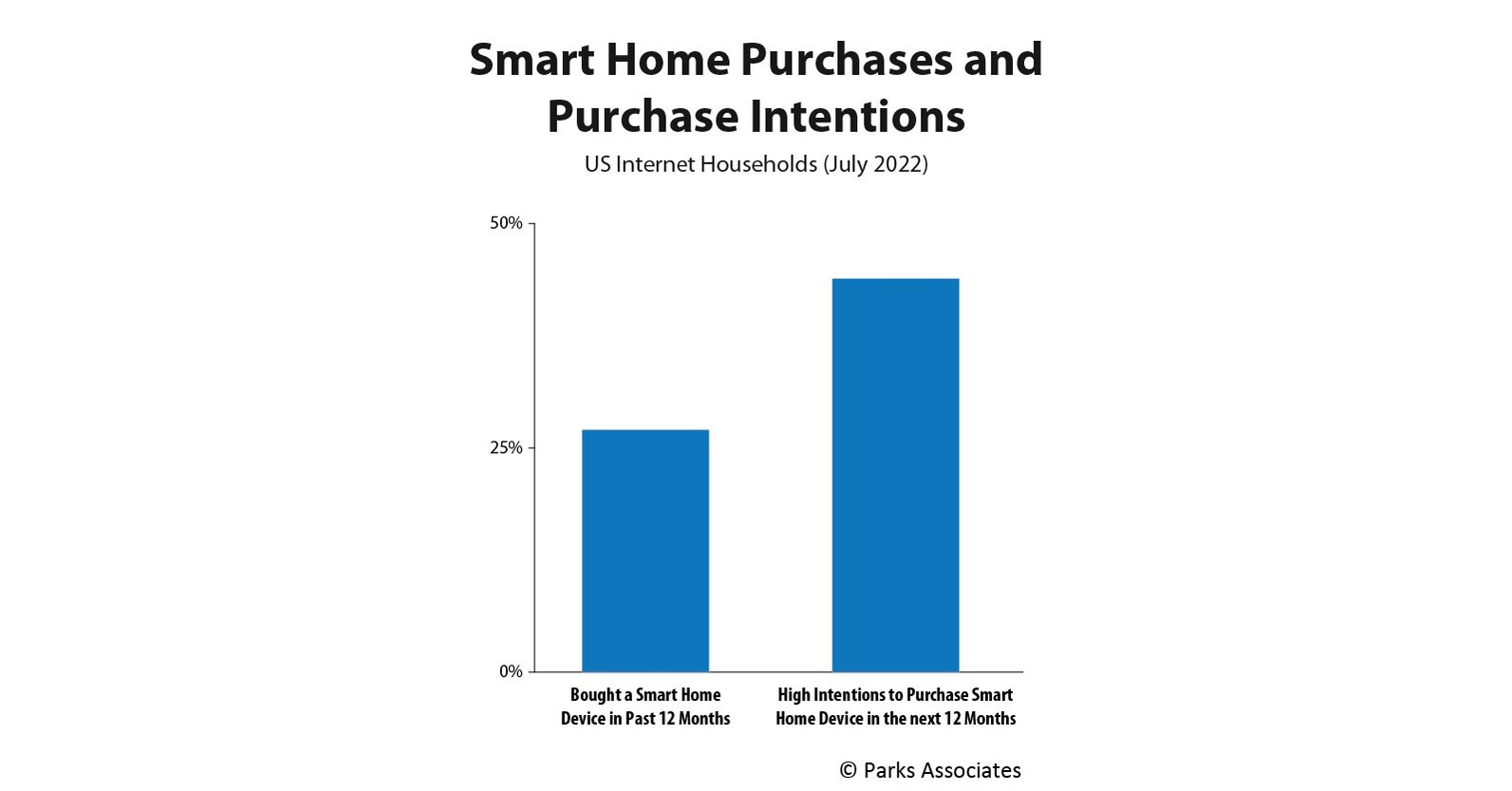Siloed operations and jammed workflows won’t cut it in a lending sector shaken by a year of seismic shifts. The financial services sector has observed in real-time as the COVID-19 outbreak and its economic ramifications drastically altered the lending market over the last year.
Market conditions have burdened banks’ and credit unions’ ability to service loans successfully while managing expenses and offering a top-tier experience has become more difficult.
This follows decades of compartmentalized operations and digital fragmentation, which resulted in inefficient and error-prone human processes and procedures. Limited loan status visibility and unconnected systems continue to hamper vital communication among bank staff in the front, middle, and back offices and with customers.
How can lenders and banks be involved?
However, if lenders and banks prioritize IT investment, there is an opportunity. For example, Flrorida Payday Champion may better understand customer demands, respond effectively through dependable service, and take advantage of a platform that responds rapidly to changing needs by leveraging technology that simplifies and improves the customer experience.
Massive shifts in consumer behavior and socioeconomic factors have made debt servicing considerably more difficult after 2020. Consider the following:
Volume
Due to ultra-low interest rates, the number of mortgages and refinance loans increased dramatically last year. In 2021, the trend continued, with an increase in small company and commercial real estate loans.
Economic headwinds
In 2020, the number of forbearance loans increased from 0.25 percent to 2.66 percent.
Customer engagement
Service center hold times increased to more than 17 minutes from less than two minutes, and abandonment rates increased to 25%, far higher than the previous 5%.
Cost to service
The cost to service a loan has increased 173 percent, and non-performing loans have increased 400 percent.
World’s economic institutions must invest IT dollars in automation, cloud-based solutions that integrate across legacy systems, and seamless communication for distant workers to tackle these issues.
A platform that requires users to integrate outside data in one place framework of action, open external systems with a single click via URL integration, and avoid duplication of data and work items is one potential solution. Effective loan products lead to a lifecycle journey that begins with educated consumers who can see their status in real-time.
Customers can communicate with the servicer and check their loan status online using a variety of communication channels. On the other hand, employees can increase efficiency and customer satisfaction by acting as consultants with added-value knowledge and expertise.
Finally, future inquiries and account modifications are linked, making it easy for both the customer and the staff to keep up with changes.
A leading bank in New Zealand recognized the value of such a system for lenders. The institution created a unified engagement and action platform to work on complicated client procedures and digital workflows for the loan maintenance request process to solve a disconnect between its branches, contact centers, and operations. That single workflow change resulted in a 30% increase in customer retention, 1 million saved employee minutes per year, and a 25% decrease in new hire time to productivity.
In another situation, following the passage of the CARES Act, a U.S.-based bank was inundated with queries. It built a solution in less than a day that provided a single view of loan applications throughout the process lifecycle and integrated with existing core lending capabilities.
As a result, each case file’s workload was reduced by 75%.
How will credit unions and banks benefit?
The following are some of the advantages that banks and credit unions might expect as they move away from silos and toward a more integrated structure:
- Instead of traditional processes and ineffective tools, financial services providers benefit from automated processes that span disconnected teams.
- Disconnected systems give way to streamlined operations.
- A lack of visibility into the status of inquiries becomes real-time updates across the enterprise and to customers.
Banks can accomplish more with less, create an empowered work environment, and implement more resilient and compliant processes by investing in end-to-end digital transformation and making it the backbone of the business.







More Stories
Convoy organizer warns of ‘chance for all’ if police ban demonstration in downtown Ottawa
Chicago’s Top Youth Basketball Tournament Organizer CYBN Opens Registration for Exciting March Basketball Leagues